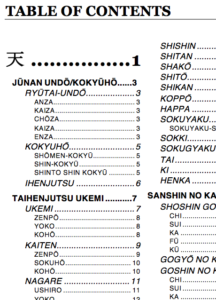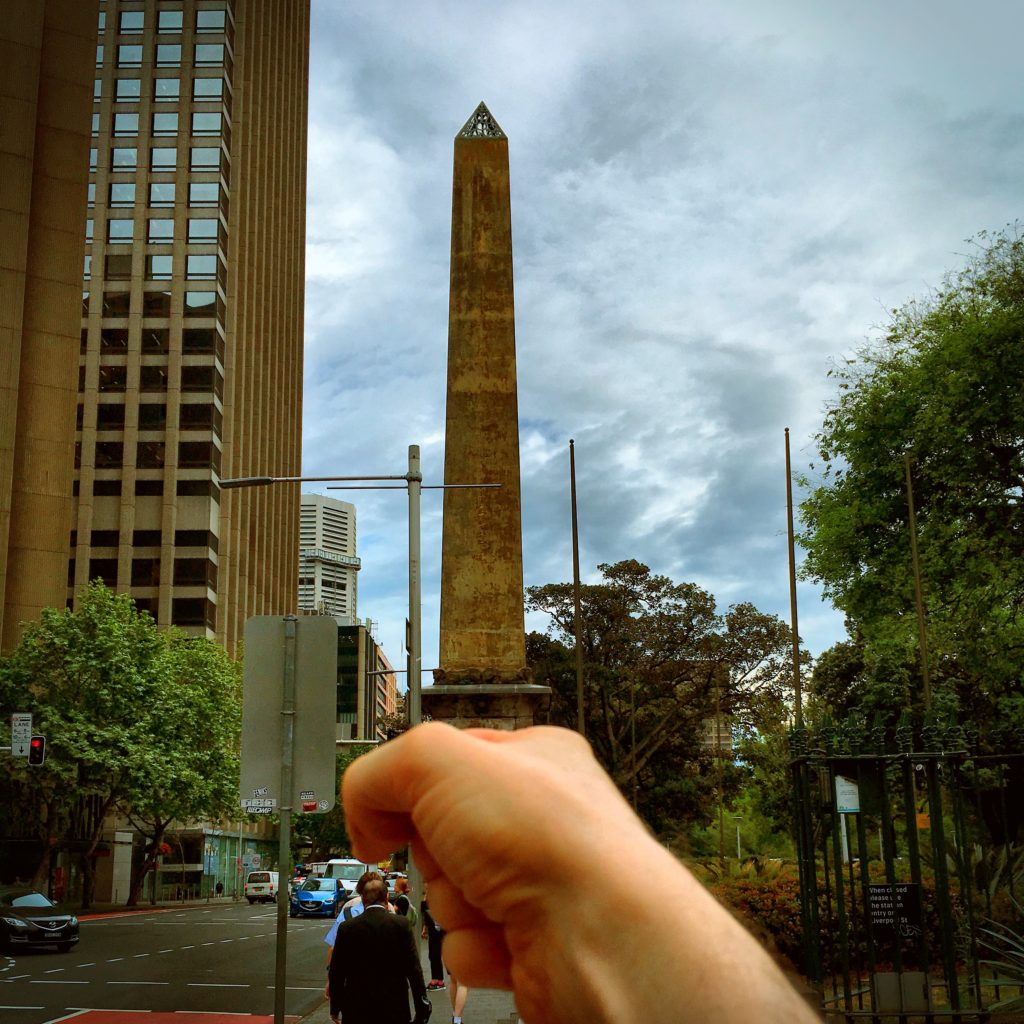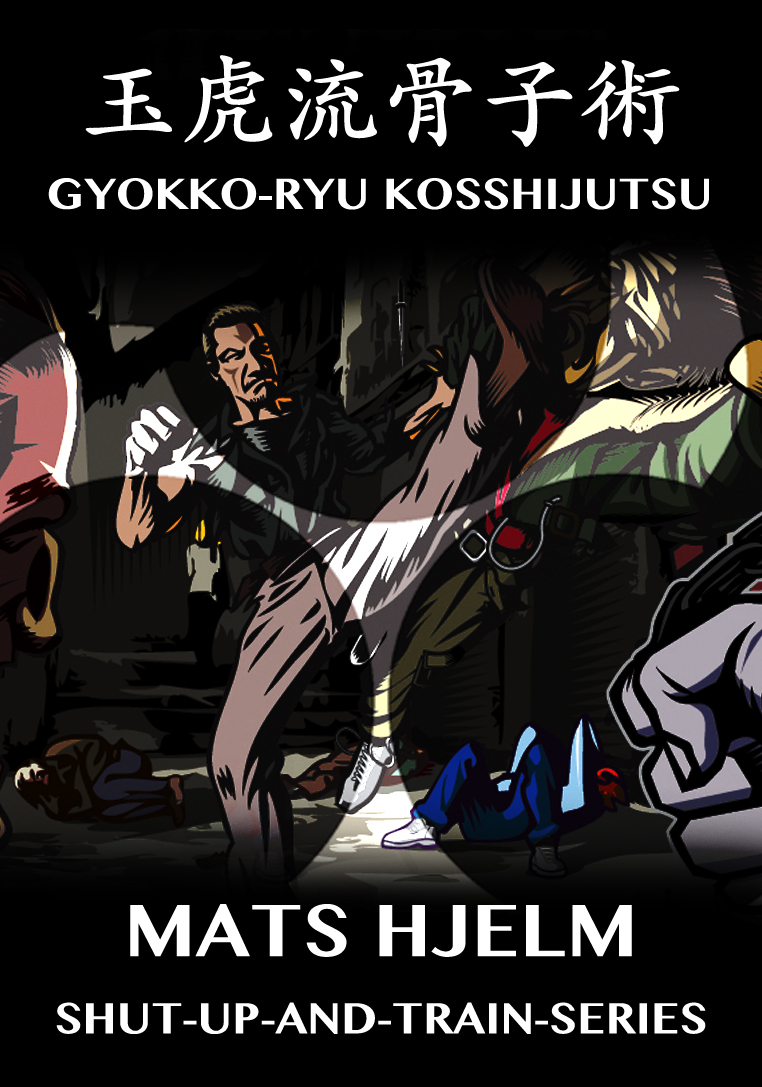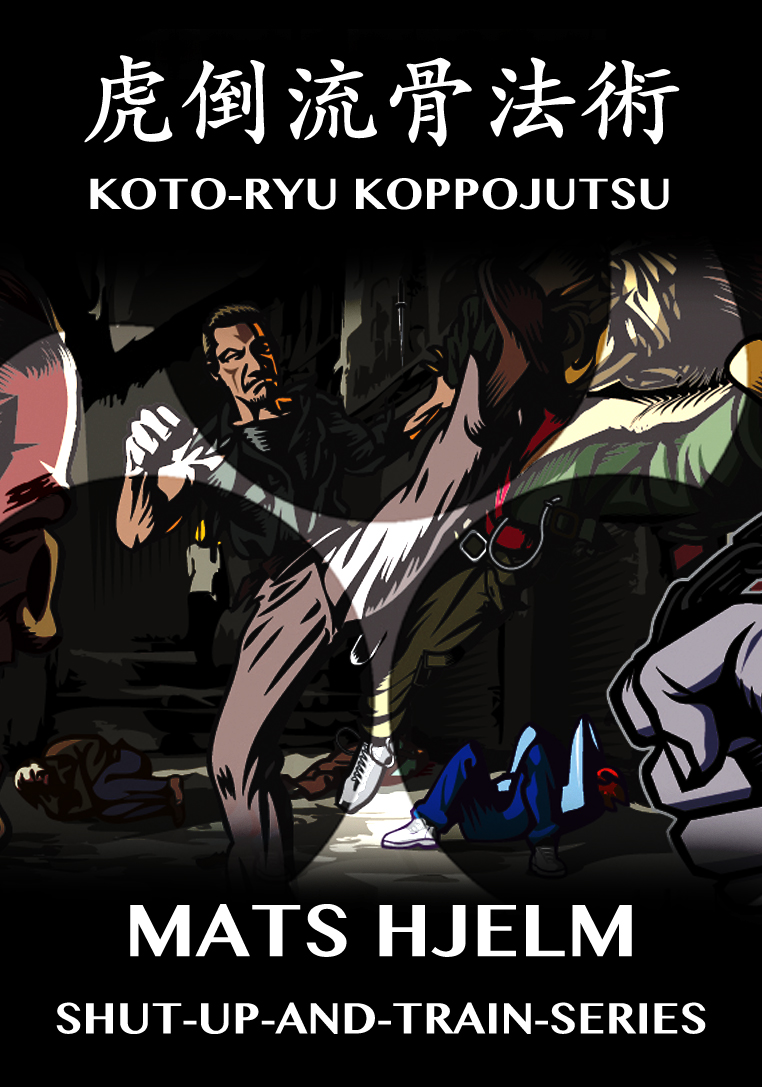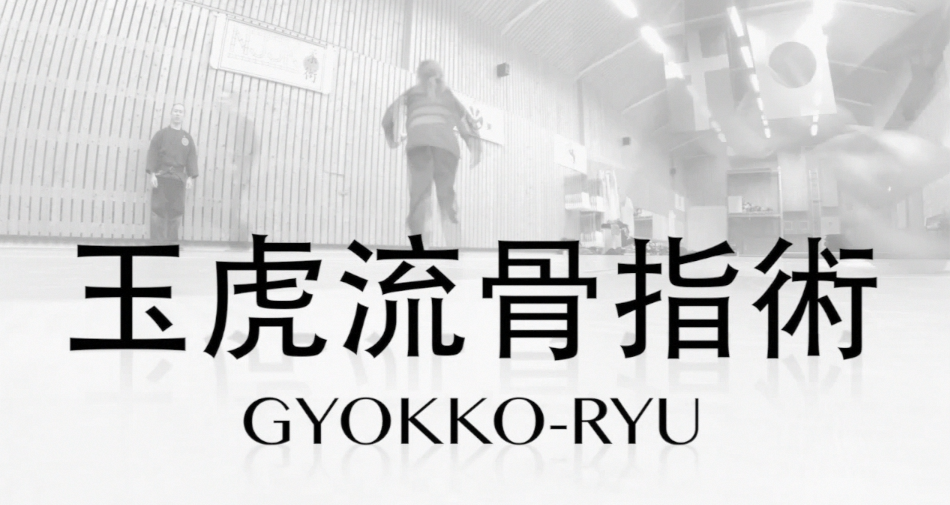Takamatsu Sensei taught Hatsumi Sōke with 42 hands
From 8þ Kabutoshimen by admin
At the training yesterday Sōke said that he had been taught by the 42 hands of Takamatsu Sensei. He was referring to 千手千眼観自在菩薩 Senju-sengen Kanjizai Bosatsu that had 1000 hands and 1000 eyes. The deity emphasizes the compassion that sees suffering (with 1000 eyes) and acts to relieve it (with 1000 hands).
千手観音Senju Kannon appears in the 虚空蔵院 Kokūzōin of the 胎蔵界曼荼羅 Taizōkai Mandara, with 27 faces and 42 main arms, while innumerable small arms fan out behind. Since it is difficult to portray one thousand arms, images usually show Senju with two principle arms in 合掌印 Gasshō-in (Sk: anjali mudra) in front of his chest and 40 arms, holding attributes and forming mudra, on the sides (altogether 42 arms, or shijūnihi 四十二臂). This number can be justified because each hand saves the beings of 25 worlds, and 40 times the 25 equals 1000.
Takamatsu Sensei died when Hatsumi Sōke was 42 years old. 42 years later we had a big Taikai in Japan to celebrate Takamatsu Sensei and starting a new cycle. In Japanese culture, the number 42 is considered unlucky because the numerals when pronounced separately—shi ni (four two)—sound like the word “death”.
Many cultures around the world recognise the number 42 in interesting ways.
There are 42 questions asked of persons making their journey through Death in the ancient Egyptian Book of the Dead.
42 is the number with which God creates the Universe in Kabbalistic tradition.
42 is also the Answer to the Ultimate Question of Life, The Universe, and Everything according Douglas Adams in his science fiction book Hitchhikers Guide to the galaxy.
Funny fact; in 1996 Cambridge astronomers said that Adams was right. Dr Richard Saunders, who led the research, sounded a trifle abashed by the result. “We have taken two measurements for the constant, and the average of them is, well, it’s 42.”

Sōke showed us antique small miniature weapons. He said it is important to appreciate the quality and details, and we should study them.
The post Takamatsu Sensei taught Hatsumi Sōke with 42 hands appeared first on 8þ Kabutoshimen.…


 Inari is a popular deity with shrines and Buddhist temples located throughout most of Japan. According to a 2007 report from Kokugakuin University, 2970 shrines are dedicated to Inari.
Inari is a popular deity with shrines and Buddhist temples located throughout most of Japan. According to a 2007 report from Kokugakuin University, 2970 shrines are dedicated to Inari.